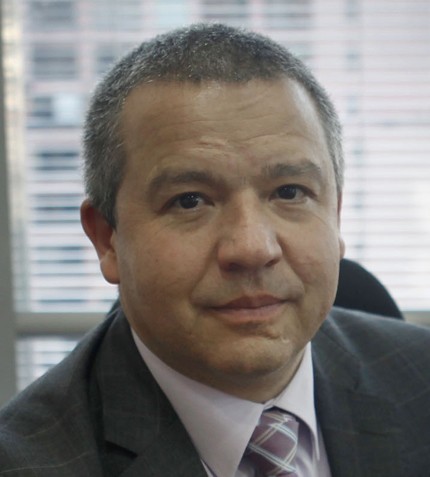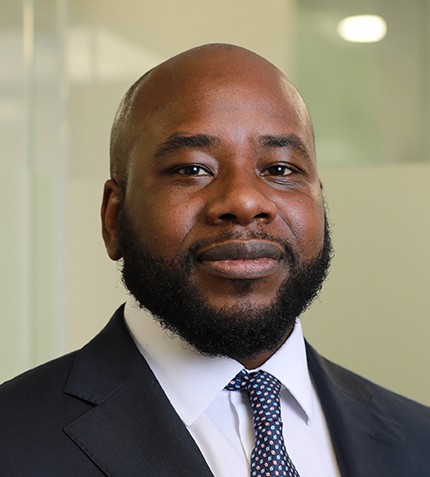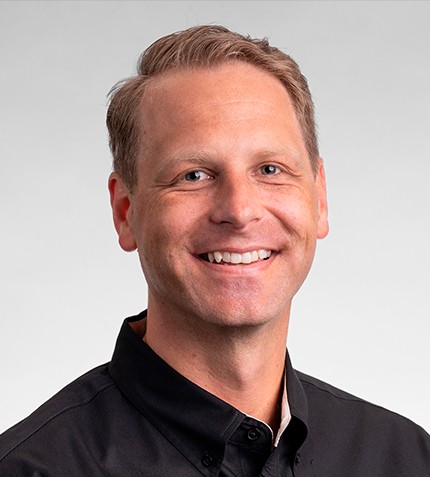
"Our experience in Oceania has been very positive and we now want to replicate that in the USA and Europe. A number of our MNC customers are based in these regions and thus we want to continue growing these relationships. Currently, our strength in the US is largely on international freight, and we seek to complement it by going into contract logistics there too."
RELATED PUBLICATION
ARTICLES FROM THIS PUBLICATION
- Singapore’s Chemicals Sector is Undergoing a Transformation
- For a Rainy Day: Singapore targets water self-sufficiency
- Manpower Constraints a Persistent Burden for Industry in Singapore
- Singapore’s Chemical Producers: Feeding Asia’s Appetite
- Distribution: Streamlining the Channels
- The Brave New World of Chemicals
- Prosperity or Penury – Singapore's Petrochemicals Industry Faces Challenges to Re-invent Itself
Jason Goh
CEO ASIA, YANG KEE LOGISTICS
What have been the most notable recent developments for Yang Kee?
Yang Kee made four acquisitions in 2017; the largest two being Axima from Australia, and Fliway Group from New Zealand, which makes us the first and largest Singaporean 3PL player to operate in the Oceania region. We also acquired SST International in the US and a local company, Container Connections. The combined Yang Kee group now has a headcount of over 1250 employees in 12 countries across Australia, China, Hong Kong, New Zealand, South-east Asia and the US.
Moreover, we concluded a joint venture with Bomi Group, a healthcare logistics company currently present in the US and Europe. This joint venture allows us to tap into Bomi’s expertise and customer base in Europe whilst they can bring their customers into Asia with the support of our infrastructure and resources. With a growing demand for fashion and lifestyle in Asia, we have also built capabilities and a track record in operating fashion logistics for high end fashion, especially in China and Hong Kong in the last two years through a strategic partnership with Bleckmann, a global logistics player for the fashion and lifestyle industry.
Currently in Singapore, 75% of our revenue comes from petrochemicals industry. The total revenue from Singapore, which includes our transportation and international freight arm, only contributes to 20% of our global revenue.
Yang Kee is set to unveil its new Tuas South Link 1 logistics hub in July 2018. Can you tell us more about Yang Kee’s facilities in Singapore?
We currently have two facilities running in Singapore, at Jurong Pier and Tuas South that deal with predominantly petrochemical and dangerous goods storage as well as Fashion and FMCG products. Being entrepreneurial and always challenging ourselves to be forward looking, our third and new Singapore logistics facility, the Yang Kee Integrated Logistics Hub @ Tuas South Link was conceptualized and built in line with the nation’s Industry Transformation Map for the logistics sector to continue securing Singapore’s position as a globally leading logistics hub that is underpinned by operations excellence, innovation and a strong Singaporean core and talents. Strategically located just 2 minutes’ drive away from the future Tuas Mega Port, it will be a six-story ramp up warehouse with a total floor area of 66,000sqm, and very ideal for Regional Distribution Centre (RDC) operations. It has a long frontage allowing for a high turnover of products and will not be too deep so to reduce loading and storage times. There are plans to build an automated container depot next to the building. Preliminary studies on our automated container depot has shown that trucks will be able to increase the number of trips they make in a single day from four to eight, thus increasing productivity. This new facility and the total logistics services we are offering – from contract logistics, transportation, international freight to depot management services, strengthened by our acquisition of Container Connections and an entire logistics ecosystem we are building, provide us with a unique positioning in the market.
How will the Tuas mega port impact Yang Kee’s operations given your close proximity?
Our new Tuas South Link facility is very close to the future Tuas mega port. All of the port operations are going to move there over a period of time, and there is already quite a bit of activity and new constructions around that area. Our logistics facility is currently the largest and most modern in the area as we had already taken the first step to be near to the port. Besides, this new logistics facility is in very close proximity to other established industrial parks such as the Lube Park, the Tuas Biomedical Park, the JTC Chemicals Hub, as well as Jurong Island, which is also ideal to serve the growing Chemical market.
How is Yang Kee strategizing its growth regionally and globally?
Yang Kee is most comfortable dealing with more established, developed countries. Our experience in Oceania has been very positive and we now want to replicate that in the USA and Europe. A number of our MNC customers are based in these regions and thus we want to continue growing these relationships. Currently, our strength in the US is largely on international freight, and we seek to complement it by going into contract logistics there too. We believe US, the world’s largest economy, is also the next natural place to expand into. We want to capitalise on the key trade lanes to and from US, with US being a huge importer and exporter, and also tap on the opportunities in US with many of the MNC headquarters and decision making housed there. We do see strong trade links between the US, China, Europe and Oceania and these will be our focus for now with the possibility of expanding in the future. Regionally, we have presence in 11 other countries, and they are Australia, Malaysia, Thailand, Indonesia, Vietnam, Philippines, Cambodia, China, Hong Kong, New Zealand and the US, and we aim to continue building our networks there.
What current opportunities do you see in the ASEAN logistics market?
The chemicals industry continues to grow in the region and I do see companies starting to increase their production capabilities in other ASEAN countries. There is also a growing middle class in the region, and this had led to increase demand for specialty chemicals. Generally Southeast Asia will see an increase in the requirements for petrochemicals logistics but currently their infrastructures do not support dangerous goods storage facilities – it is a scarce commodity in some of these markets such as Vietnam and Malaysia. The problem lies in the lack of regulations being enforced. The supply has not matched the demand with respect to dangerous goods storage facilities in the developing nations of ASEAN and this represents a great opportunity for Yang Kee.
What is your vision for Yang Kee going forward?
We are currently the largest homegrown logistics provider in Singapore, and have grown rapidly from an SME in Singapore to a regional player in the last few years. The next step for us is to grow into a company of international standing. We are achieving this through our recent acquisitions and the next two regions we will look to enter, either organically or through acquisitions, will be the USA and Europe. In the coming months, Yang Kee will be looking at yielding greater synergies from the network integration of shared international freight volumes between Fliway and Axima and cross selling opportunities in their combined customer bases to Asia.
As we continue to expand and grow globally, we are also mindful that we want to retain our agility, flexibility and nimbleness so as to respond quickly to the market and to our customers’ needs. I would also like to see us deepening our core strength in petrochemicals both in Singapore and the ASEAN region as well as further expansion into healthcare and lifestyle logistics.











